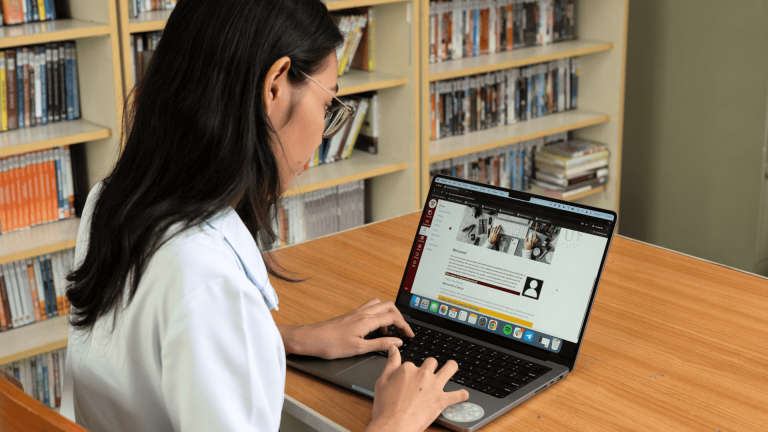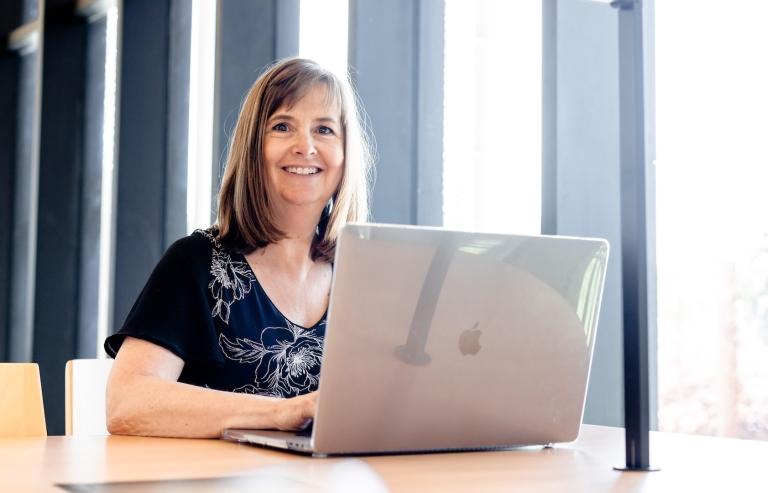
Originally published 11 May 2024 in the Manila Standard, Philippines
Imagine sweltering classrooms exceeding 42°C, making it impossible to concentrate or even learn. This is the harsh reality for over 3.6 million Filipino students who have been forced out of their classrooms due to the scorching heat. Last month alone, extreme temperatures forced over 5,000 schools to suspend face-to-face classes.
The situation in the Philippines is not unique; this is a global issue. Schools in the U.S., China, India, and many other countries are also grappling with challenges due to heat waves.
When temperatures rise, student performance dips
Building on this global concern, numerous studies have shown that when temperatures go up, student performance goes down. A 2020 study revealed that students scored lower on standardised tests on extremely hot days, making it difficult for them to focus and retain information. In 2023, academics from Harvard University also found that high temperatures worsen absenteeism and student disciplinary reports, particularly in schools lacking proper air conditioning.
These studies paint a grim reality for students from low-income families, particularly in the Philippines, who are more likely to attend schools lacking proper air conditioning and ventilation. As temperatures become more harsh and intense, these students’ health, social, and emotional well-being are also at risk. This unequal burden exposes a troubling truth: climate change amplifies existing educational disparities.
Teachers are no less affected. According to a survey conducted by the Alliance of Concerned Teachers (ACT), around 67 percent of public school teachers in the Philippines reported finding the heat in their classrooms intolerable, hindering their ability to provide high-quality education.
To address this scorching issue, education authorities like the Department of Education (DepEd) have implemented a change in the academic calendar to shift back to the old school calendar of June-March from the current August-May calendar, and some schools and universities have allowed their teachers to move their classes to the online model during extremely hot days.
While there are many preventative measures to combat the heat and its negative impact on education, the truth is the temperature in 2024 and the years to come is only expected to get worse.
The need for long-term solutions
More than calendar adjustments are needed. We need long-term solutions that create a more resilient education system for the future.
Four years ago, the pandemic tested educational institutions and put them under pressure to ensure continuity of education. Students worldwide were left at a disadvantage in different ways. Some were left at a disadvantage because their school or university didn’t have a Learning Management System (LMS) or any technology to support remote learning during the closures, and others because they did not have a computer at home or internet access.
Even though everyone worldwide was dealing with the same crisis, the consequences today include years of learning loss that varies from country to country, and the alarming disparities in technology and internet access brought to the surface by COVID-19, are still far from being resolved.
As we face a new challenge with the long-term trend of climate change worsening education inequality, technology-enhanced learning must evolve from being optional and expected to be used for emergencies to a necessity to be embraced regularly.
Schools and universities need to adopt fully-featured learning management systems with mobile online and offline features to ensure the continuity of education and provide the necessary flexibility to adapt to the worsening impacts of climate change and different recurrent events that can interrupt access to education.
While a university may have a suitable LMS, the challenge of having all faculty on board and ready to switch from one day to another depends on how much they are teaching out of the LMS in the classroom and having all the course content properly designed and uploaded into the platform to be ready for the students when needed.
We must future-proof the educational system by embracing a technology-enhanced learning approach. This requires a robust infrastructure to support remote learning, continued investment in resilient physical classrooms with proper ventilation and cooling, and targeted initiatives to bridge the digital divide and ensure all students, regardless of background, have access to the tools and resources they need to thrive.
The future of education hinges on our ability to adapt and empower teachers to succeed in this new learning landscape while simultaneously addressing and helping reduce existing educational disparities.
Related Content
 new_and_next_webinar.png
new_and_next_webinar.pngBlogs
 meet-canvas-apac-team-farrah.png
meet-canvas-apac-team-farrah.pngBlogs
 instructure_2022-may_cofi-273.jpeg
instructure_2022-may_cofi-273.jpegBlogs
